Innehållsförteckning
Guest writer: Maria von Gegerfelt
Croatia's second largest city Split is located on the coast of the Dalmatia region. It is considered one of the oldest cities in Europe with its thousand-year history. Its wealth of preserved remains from antiquity onwards makes it a paradise for lovers of archaeology, art and the preserved art treasures of the old Roman Empire.
The most striking ruin is the centrally located palace built in the 3rd century by the Roman Emperor Diocletian. It is one of the largest surviving Roman buildings in the world and is a UNESCO World Heritage Site.
The tourist season lasts from Easter to October. The tips provided here are just a small part of the rich cultural, artistic and historical offerings in the area, Split is a destination for the curious and perhaps not for those who just want to sunbathe on the playa, although of course there is one here too.
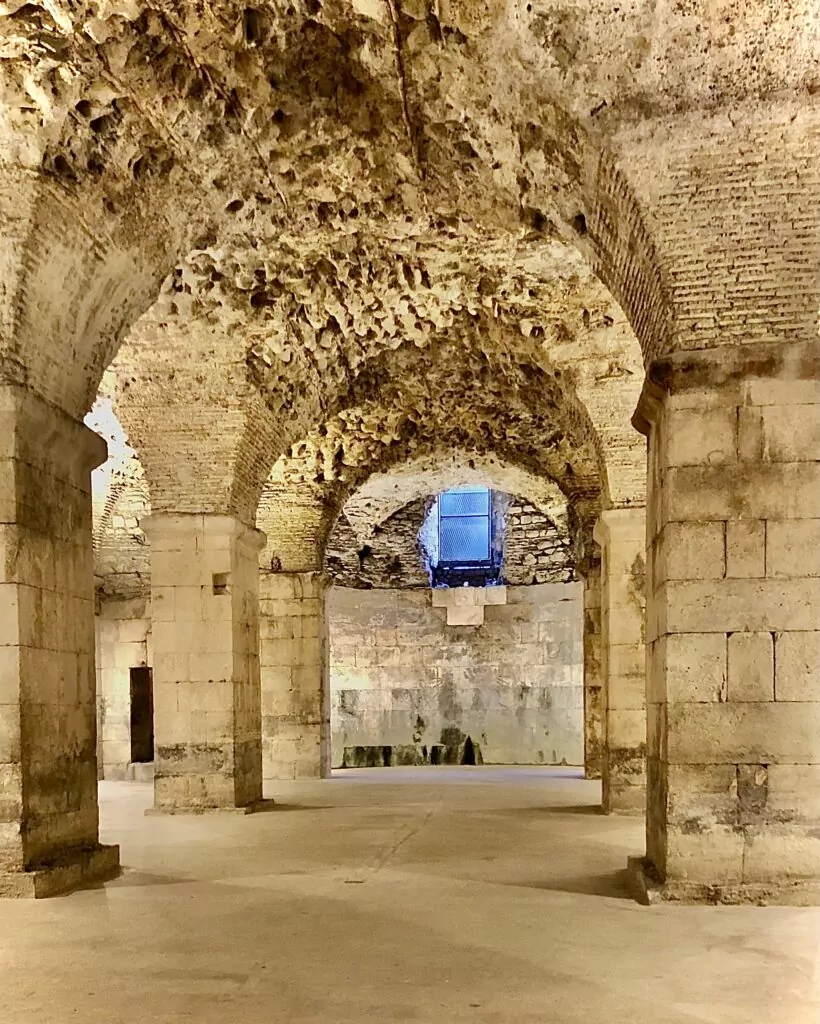
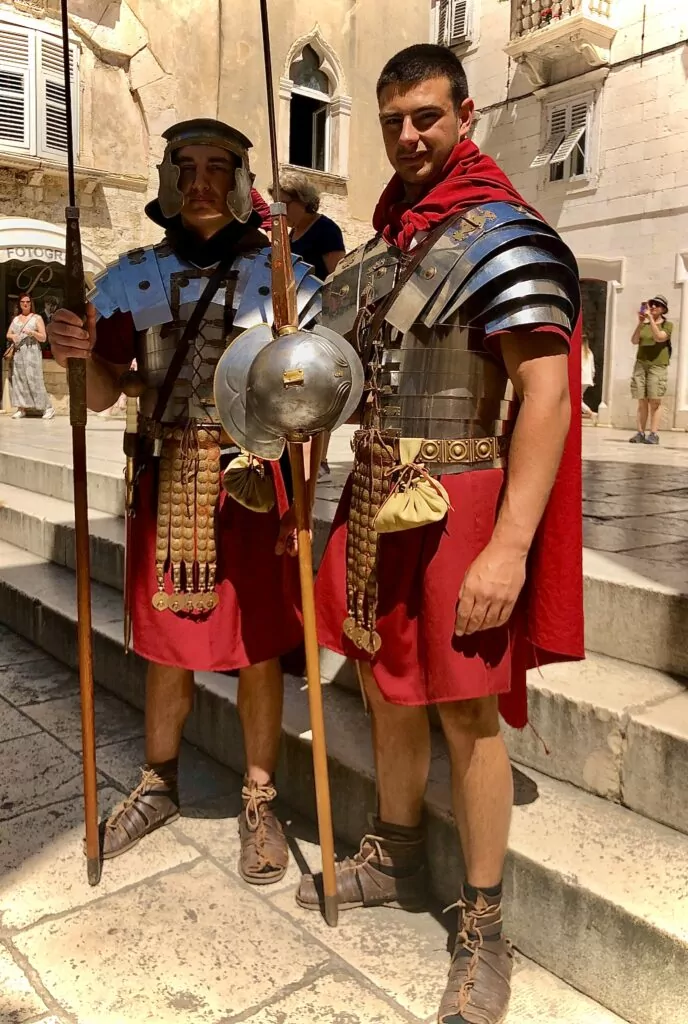
and in squares where they demonstrate their skills with the spear.
Split is also known as the gateway to the beautiful clear blue Adriatic Sea. Its seaside location is reflected in the city's quays, harbours and promenades, but also in the menus of its restaurants. The fruits of the sea are served in all shapes and sizes, many of them following traditional recipes dating back to Roman times. One of their more unusual signature dishes served at weddings in the region is Crni Rizot, a risotto coloured with the black ink of the octopus, also known as Sepia.
Other dishes to try alongside all the seafood are their famous truffle pastas or their fragrant grilled lamb dishes and full-flavoured skewers.
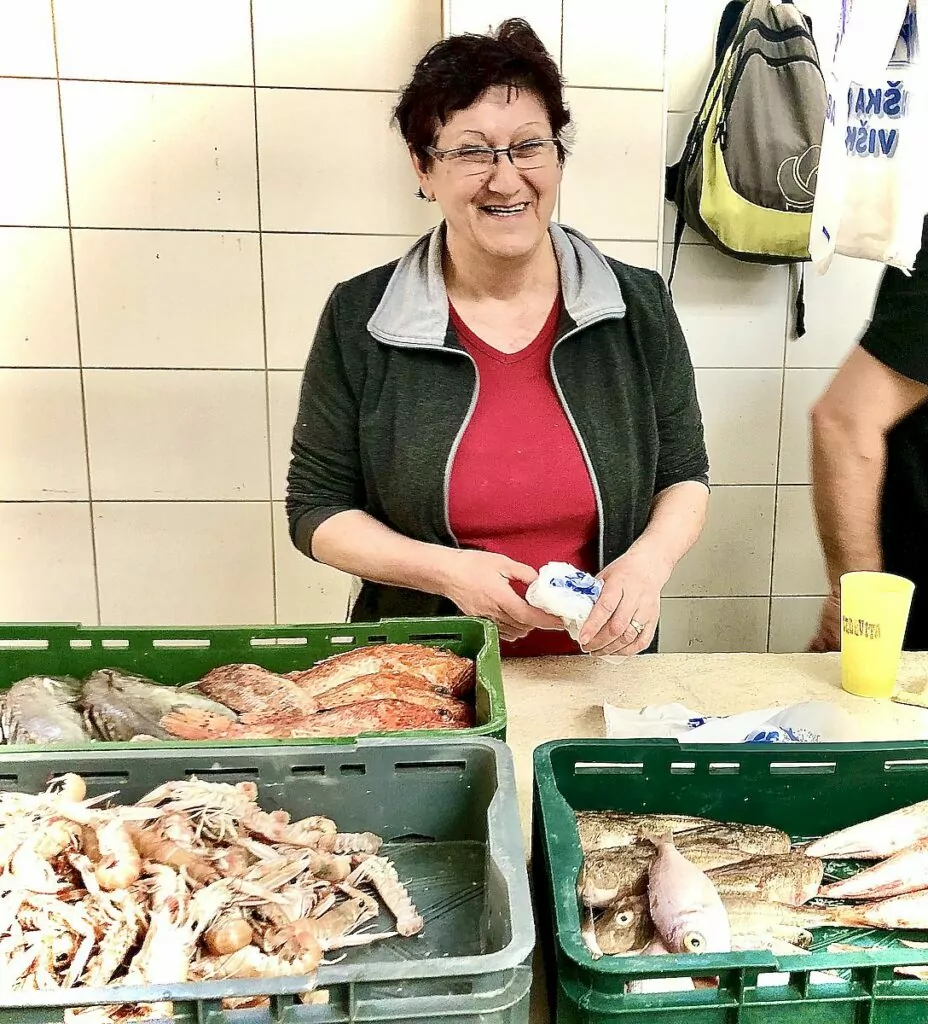
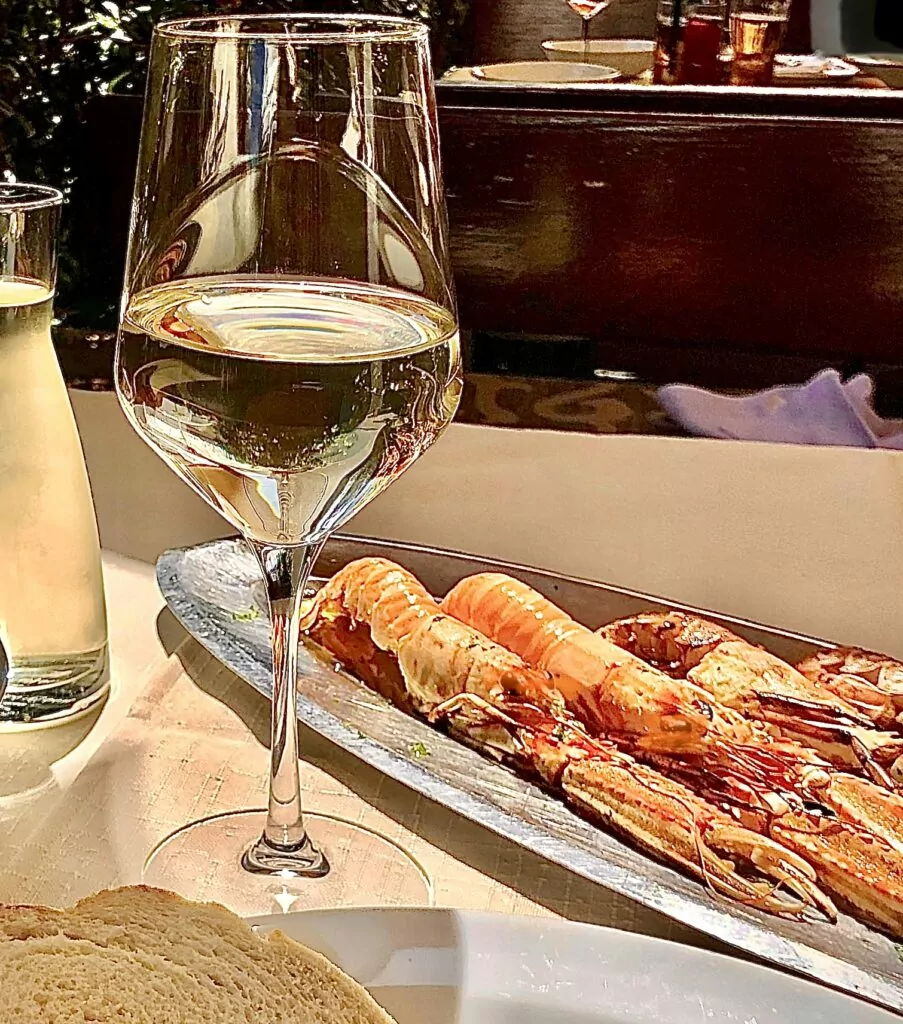
The highest proportion of people with a favourable opinion of Sweden is found among the public in Croatia, according to a recent survey by the Swedish Institute.
Old wine country
Dalmatian wines have a long and traditional history, too. The most famous wine here is a red wine named after the region's Dalmatian dogs. In the past, the dogs were fast and strong protectors of the horse-drawn carts that responded to fires.
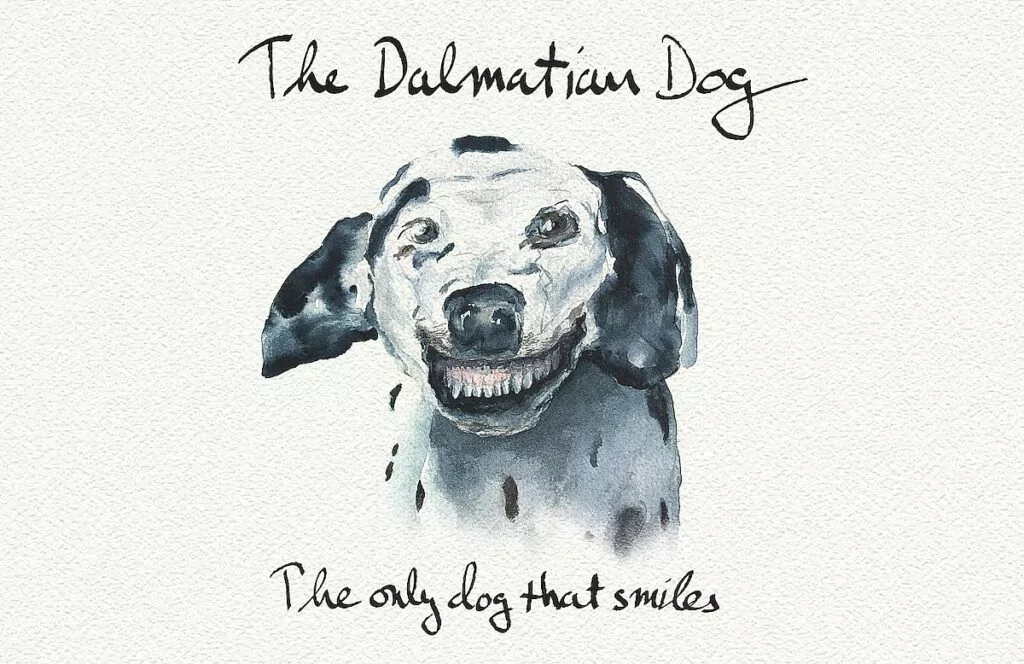
The Dalmatian Dog is the name of the wine, which also comes from the first Swedish-owned vineyard in Croatia. Their goal is to once again make Croatia the fine wine country that it so well deserves with their good native grape varieties and fertile soil. Many new young winemakers from the neighbouring regions are now getting great and well-deserved reviews around the fine wine world. Several of the wineries welcome visitors.
Besides wines, their excellent olive oils are also very popular. Just last May at the New York International Olive Oil Competition, Croatia took third place behind Italy and Spain. Another fine local product not often seen outside Croatia is their tea made from the leaves of the olive tree. The leaf extract is said to have some healing effect on certain diseases, such as diabetes.
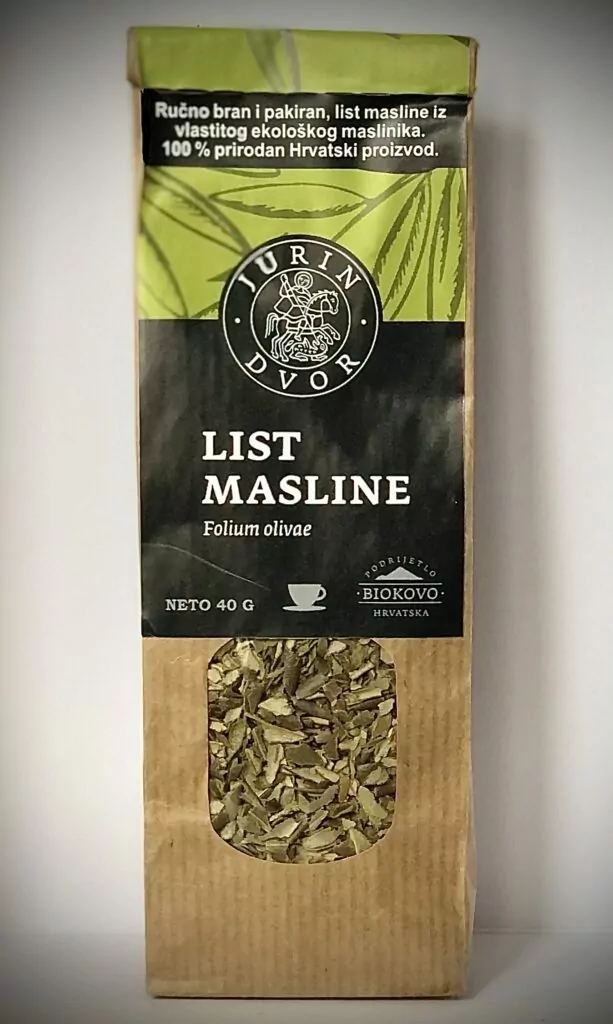
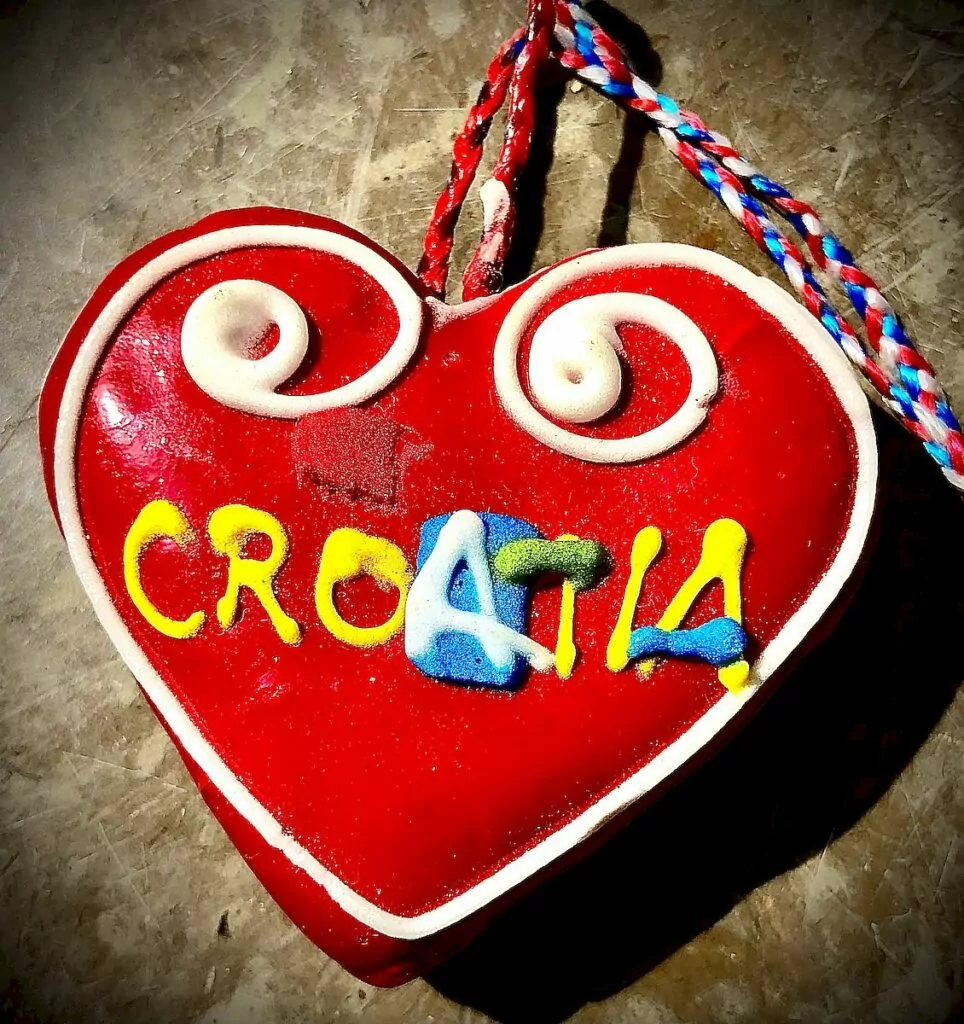
Wine tastings
A little way up the hillside above Split is a family-run vineyard called castle Sikuli. They offer wine tastings for small and large groups, they also offer "pairing". Tasty snacks that marry with the wines. The view of the vines and the sparkling bay is breathtaking.
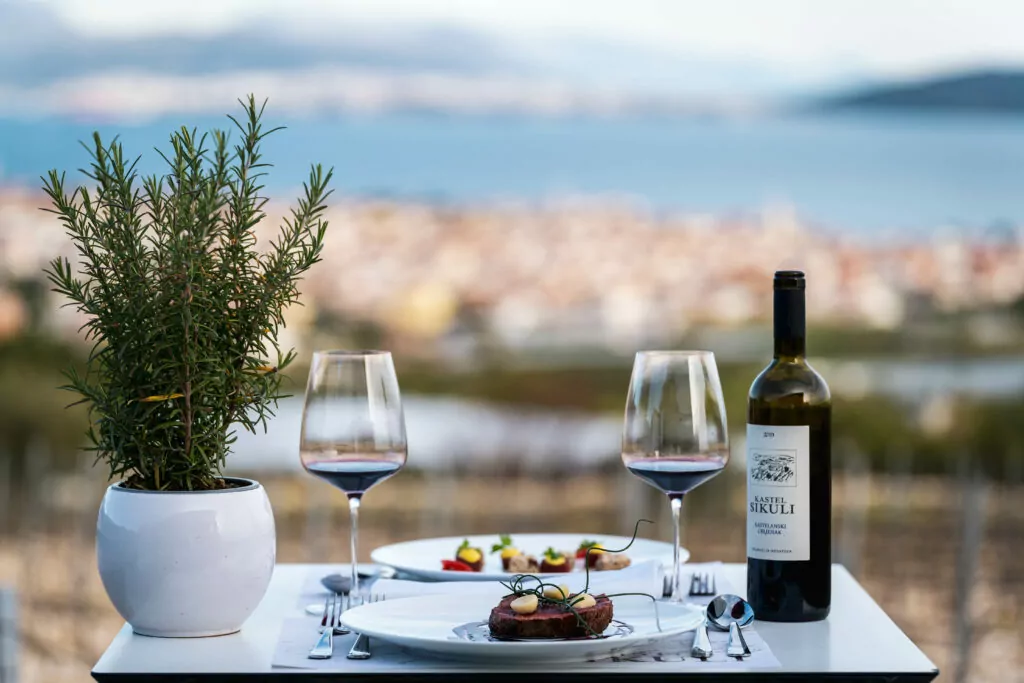
Sinj - the city of museums
Another interesting historical site is the small town of Sinj, about an hour's drive from Split. There you can learn a lot about Croatia's traditions and history by visiting their museums and galleries.
Three museums that tell the different stories of their rulers, saints and archaeological finds from Roman times onwards are the Archaeological Collection of the Franciscan Monastery, an indispensable treasure of archaeological finds. The Museum of the Cetinska Krajina region of Sinj, an archaeological journey through the history of the region and the Museum of the Sinjska Alka., an interactive journey into the life of the Alkariddar.
The museum tells the story of the proud knightly tournaments that take place every year on the first weekend of August. At the centre of the tournaments is the famous iron ring Alka, which has two inner circles to hit with the lance. In the museum, mounted knights in their authentic robes sit on horseback ready to compete with their spears.
Miraculous Lady of Sinj. It is a well-preserved painting of the Mother of Mercy who, despite her long journey over mountains and seas and through fierce battles, finally managed to reach her final destination in Sinj unharmed. The painting can be seen in their church and the saint is depicted around the city. The saint's image has been celebrated in the town with processions every year since the early 18th century.
Sinj offers many legends and historical documents, but in addition to all these local treasures, you can take a break to shop and eat in one of their nice cafes and restaurants.
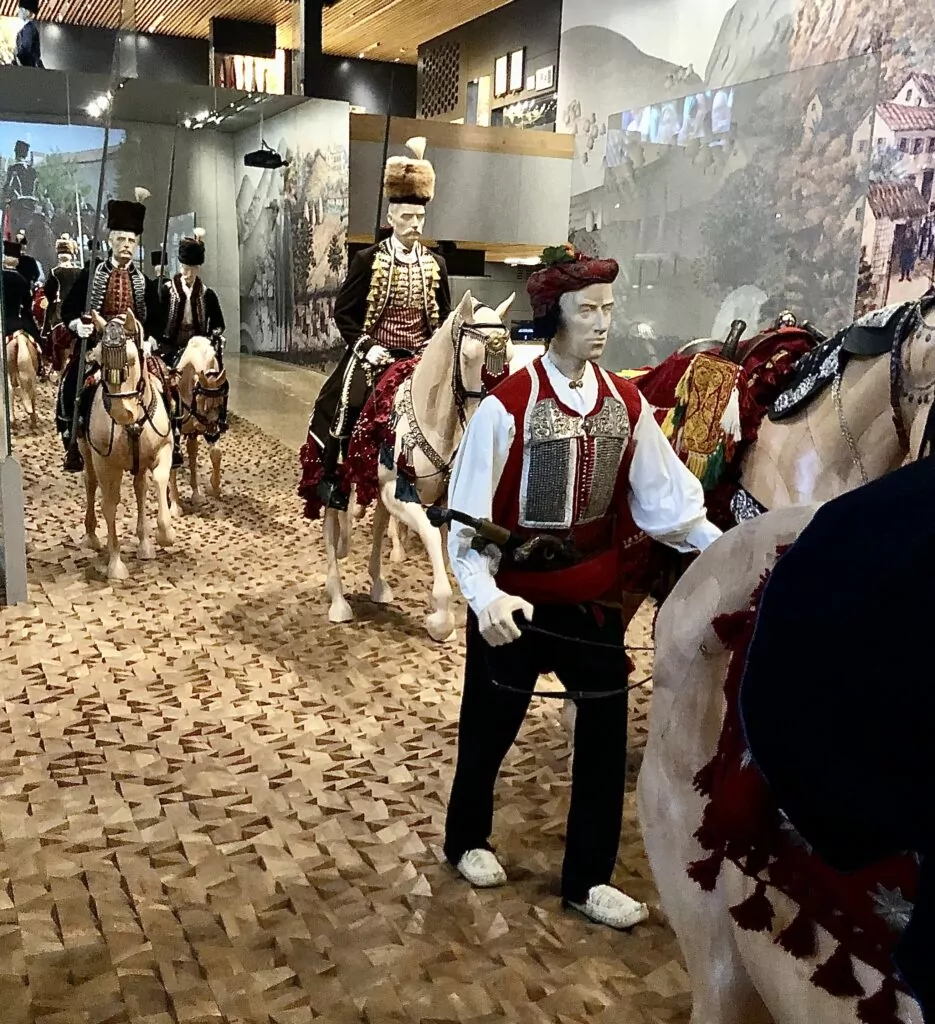
Dalmatian professional football player
Today, Croatia is a proud football nation. Since the national team started playing in 1994, it has had many successes. Croatia's main player and captain is Luka Modrić, who is from Zadar on the Adriatic Sea in northern Dalmatia. He is one of the world's best footballers of the last ten years. At 36 years old, he still fits in as a midfielder at Real Madrid, one of the best football clubs in the world.
The Croatian national team's home stadium is Maksimir Stadium in Zagreb. At the 2018 World Cup, Croatia won silver and France won gold. And recently, Croatia beat reigning world champions France 1-0 on France's home turf. Team captain Luka Modrić sealed Croatia's victory with his goal. He has thus further boosted Croatia's position as a leading football nation.
Three islands
In Split you can visit three islands just off the coast. The island Where, is the more luxurious island that promises sun, swimming and bar-hopping to the scent of the lavender grown on the island. Brac, island known for its historic quarries and its long, beautiful pebble beach in its rugged surroundings. Fish, the outermost island, has a beautiful, busy harbour and cycle paths that wind through the vineyards and beautiful bays. There are boats to all the islands from Split.
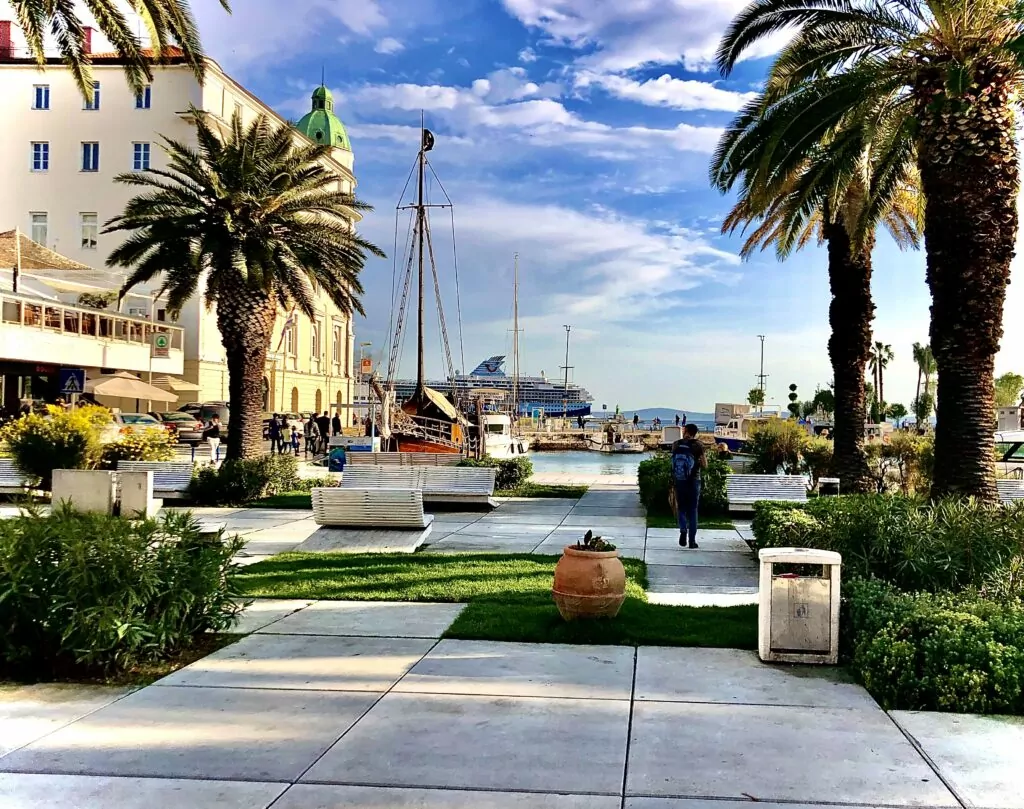
Restaurant life
Split's quays and squares around the gigantic and historic Diocletian's Palace are lined with many pleasant outdoor cafes offering classic national dishes according to the season. Their market square and fish market are also nice to visit. Here are a few tips on some popular restaurants with both innovative and classic dishes on the menu, such as these three, Bokerian, Fantazija and Konoba Varos.
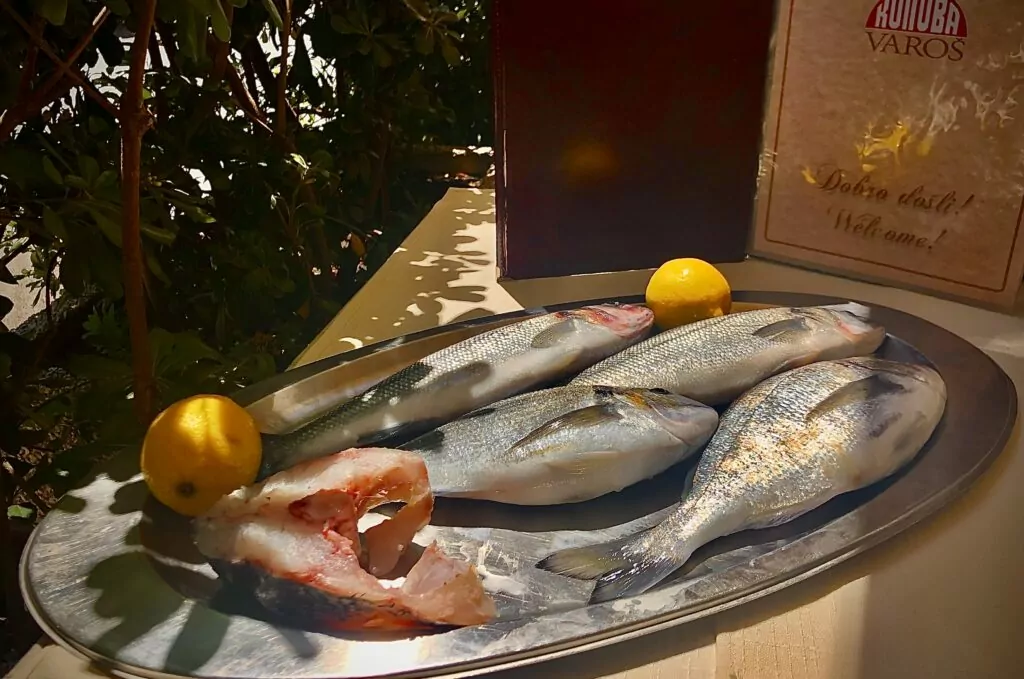
For those in search of more refined gastronomic experiences, a few restaurants also serve fine food at a high international level! For those with their sights set on Dalmatian gastronomy, these two restaurants, Zrno Soli and ZOI, have distinguished themselves on the gastro map with their refined flavours that dance on the taste buds.
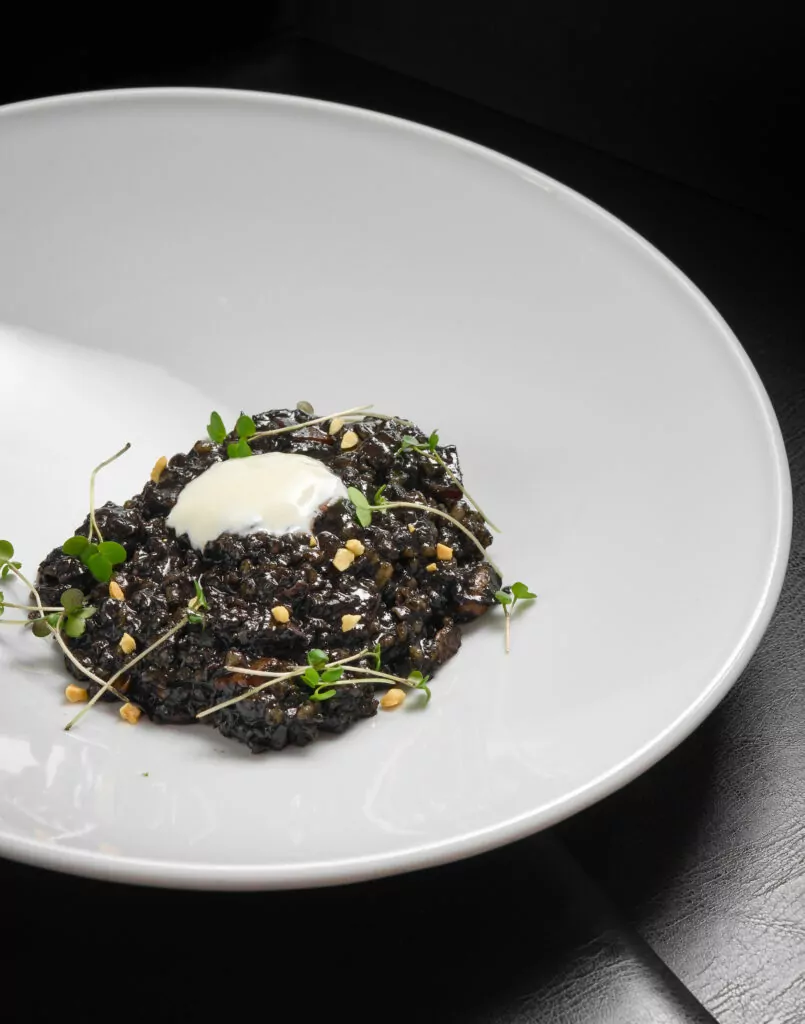
Dobar teak!
Text and photos: Mary of Sweeping field

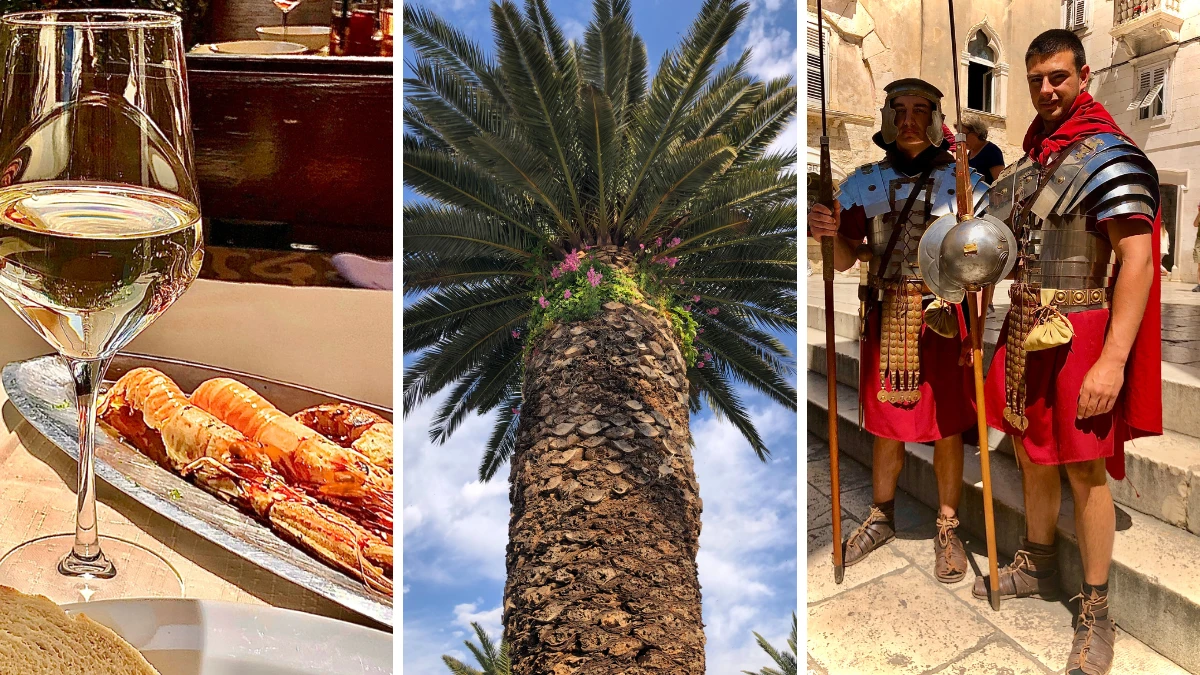










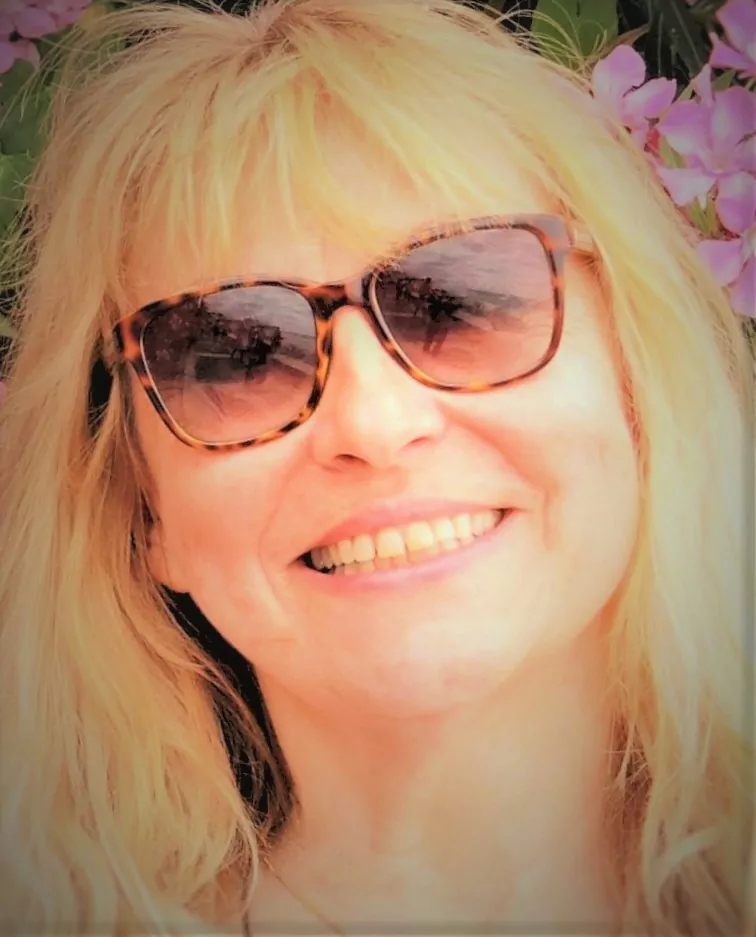
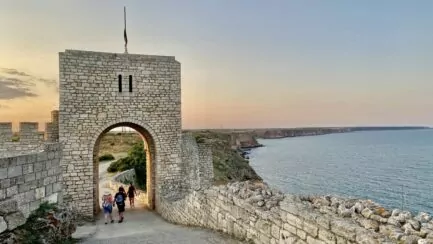
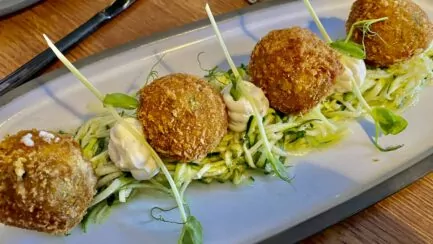
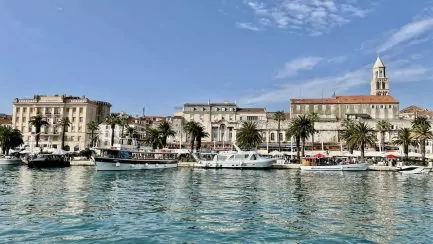
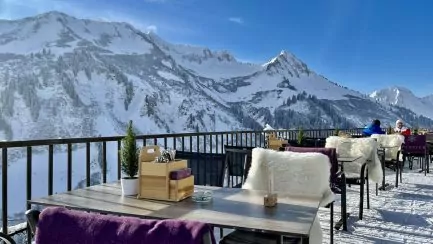

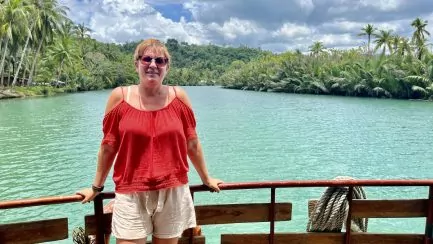



Olpetravel says:
Been to Split a few times, but it is in the lee of wonderful Trogir. This year we unfortunately had to turn around in Germany, but we will probably go down again soon.
17 September 2022 - 8:24
Helena says:
We like both Split and Trogir! Sorry you had to turn around, but sounds great with new travel plans!
18 September 2022 - 18:04